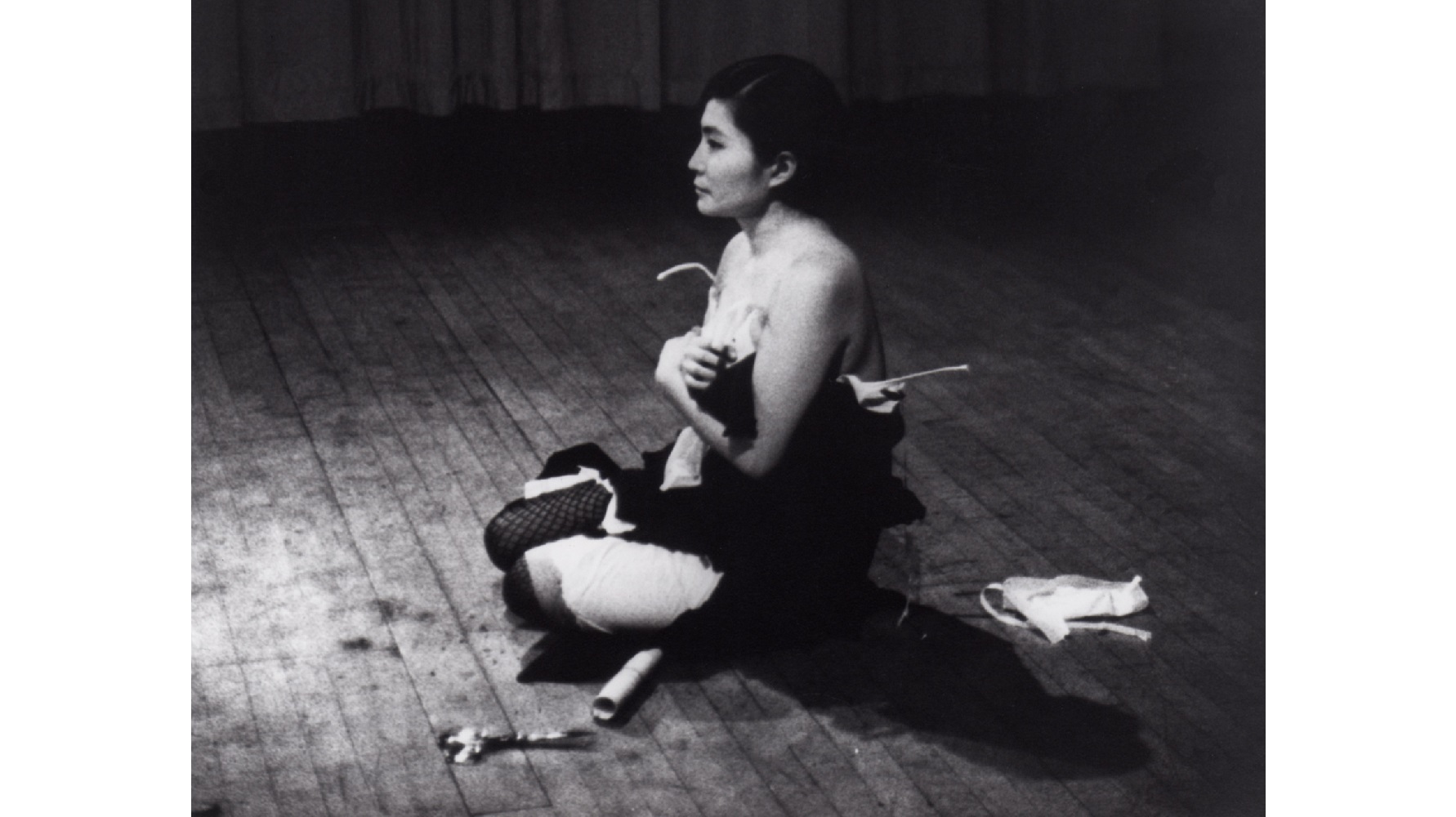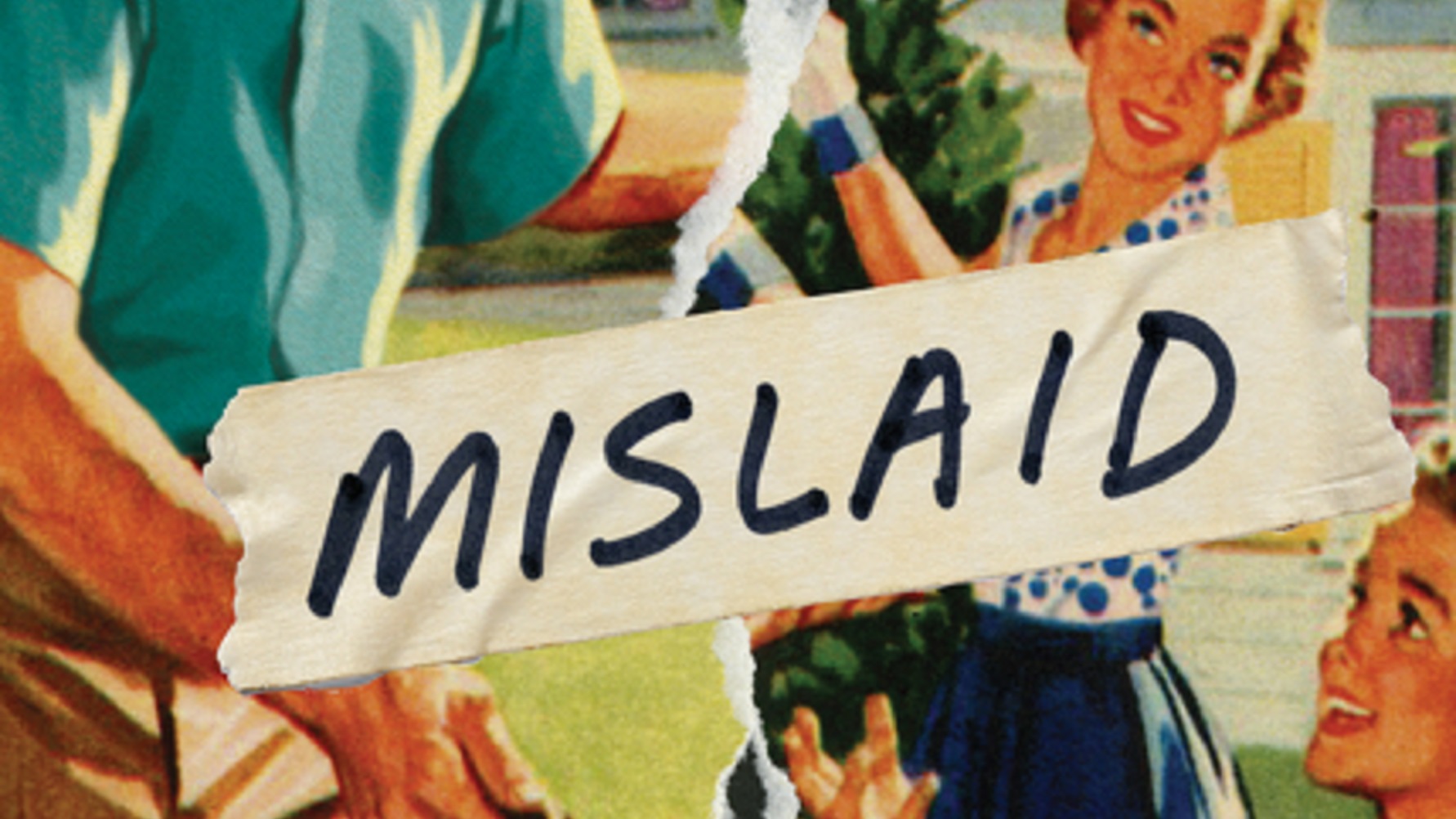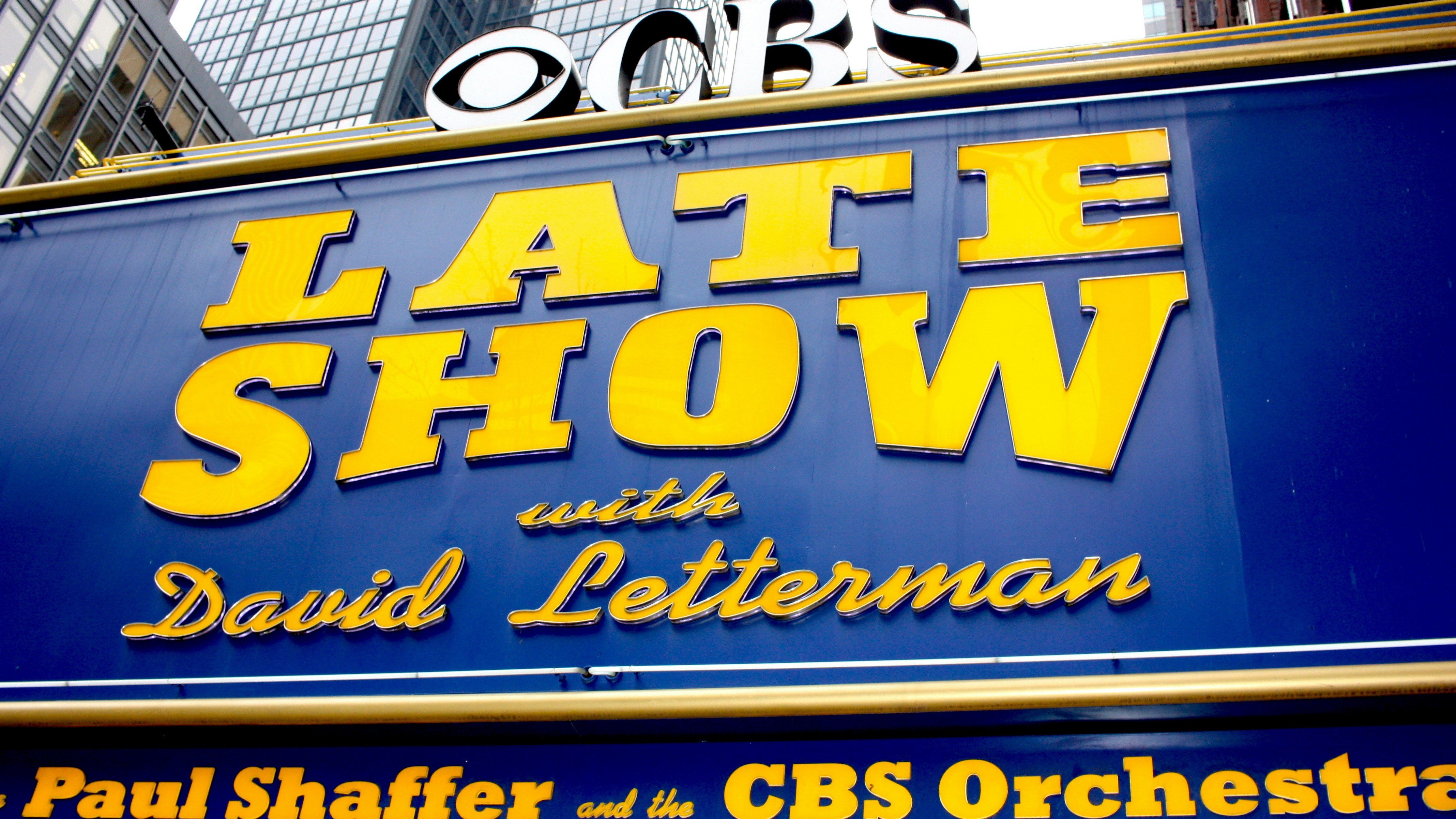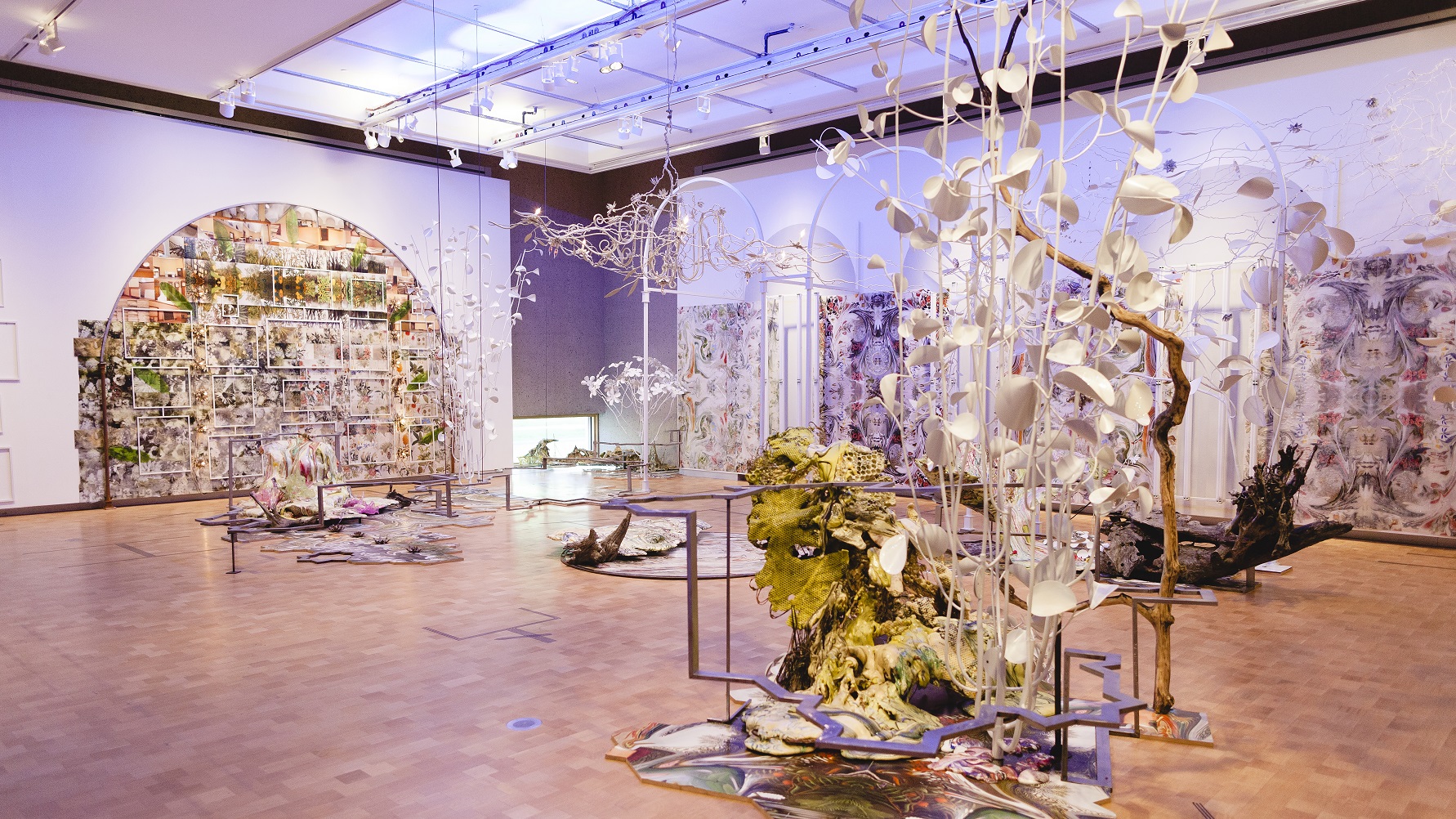Culture & Religion
All Stories
The states of your house, household, and community vary greatly based on where you live. Where does your country stack up against the rest?
Gay rights supporter Patrick Stewart sees some nuance in the debate. Do you agree?
We surprise the world’s brightest minds with ideas they’re not at all prepared to discuss. Check out our promo and subscribe now. Episode 1 launches 6/20/15.
An exposé in this week’s issue of The New Yorker on the surprising depth of jihadist poetry should be required reading for everyone on the swelling list of candidates for president […]
George Zimmer, famous for his familiar beard and iconic commercial catchphrase, is attempting to disrupt the tailoring industry with a new venture.
Genetically modified plants, in and of themselves, are not harmful, says Bill. In fact, they feed billions of people thanks to increased crop yields.
Caleb M. Brown discovered a new dinosaur species… and used it to help him pop the question.
A spiritual practice helps us learn about ourselves. It’s also a great way to make money.
David Walsh has found that sports help people cope with big life changes — it acts as an outlet and allows us to have a sense of community. So, how would sports help in the transition to retirement?
John Lennon liked to joke that Yoko Ono was “the world’s most famous unknown artist.” Before she infamously “broke up the Beatles” (but not really), Ono built an internationally recognized career as an artist in the developing fields of Conceptual art, experimental film, and performance art. Unfairly famous then and now for all the wrong reasons, Ono’s long fought in her own humorously sly way for recognition, beginning with her self-staged 1971 “show” Museum of Modern (F)art, a performance piece in which she dreamed of a one-woman exhibition of her work at the Museum of Modern Art, New York. Now, more than 40 years later, the MoMA makes that dream come true with the exhibition Yoko Ono: One Woman Show, 1960–1971. Better late than never, this exhibition of the pre-Lennon and early-Lennon Ono establishes her not just as the world’s most famous unknown artist, but the most unfairly unknown one, too.
A journalist tricked news outlets into reporting a bogus study to demonstrate the sorry state of science journalism, but was the sting operation ethical?
In the age of genetic testing, the contents of a small white envelope can tell you your future.
Most modern day detergents don’t require heat in order to clean your clothes. Plus, switching to cold-water washes helps save you money on your next energy bill.
A year after a near-fatal car accident, the comedian has rebounded from a traumatic brain injury.
If Flannery O’Connor somehow birthed the love child of Sid Vicious, she might end up sounding like novelist Nell Zink. Equal parts Southern Gothic’s grotesquely twisted charm and punk and alternative music’s insiderish anti-establishmentism, Zink’s second novel Mislaid will disorient you until you let it delight you. Zink’s mix — which I’ll call Southern Gothic Punk — might be an acquired taste, but a taste well worth experiencing if only to break out of the contemporary rut of MFA-programed, sound-alike fiction that’s become the bubblegum pop of today’s literature.
Ariana Miyamoto, the biracial woman recently named Miss Universe Japan, is hoping to persuade her country’s citizens into broadening their perception of what is authentically Japanese.
A great many of our most popular songs are written at just a third-grade reading level. That’s the conclusion reached by an analysis of 225 popular songs.
It’s all about how seriously you take the concept of moral duty.
Analysis of skeletal remains suggests we’ve found one of earliest known homicide victims.
In a bid to preserve records of atmospheric activity, climate scientists are looking to transport ice from the planet’s mountainous regions, such as the Alps, all the way to Antarctica.
How many cumulative hours have you wasted waiting for your chat partner to respond to you? A new program created by an MIT Ph.D. student offers an opportunity to make your instant message intermissions as productive as possible.
It’s possible to grow hamburger in a laboratory. Scientists have done it. It’s actual meat. The problem is the process for creating meat is currently prohibitively expensive, although that may not be the case for long.
More than 20 years ago, the sitcom Seinfeld went “meta” and joked that it was “a show about nothing.” But 20 years before George Costanza’s epiphany, artist Richard Tuttle was staging shows about nothing featuring works such as Wire Piece (detail shown above) — a piece of florist wire nailed at either end to a wall marked with a penciled line. But, as Jerry concludes, there’s “something” in that “nothing.” A new retrospective of Tuttle’s art at the Fabric Workshop and Museum in Philadelphia, Both/And: Richard Tuttle Print and Cloth, dives into the depths, and widths, of this difficultly philosophical, yet compellingly simple artist who takes the everyday nothings of line, paper, and cloth to create extraordinary statements about the need to be mindful of the artful world all around us.
The late-night host’s departure from television is yet another reminder that our media consumption is changing.
Singularity University’s Peter Diamandis discusses one way in which virtual reality — a burgeoning exponential technology — will disrupt unexpected sectors of culture and society.
Should ABC hold George Stephanopoulos accountable for undisclosed contributions to Clinton organizations? If he’s a journalist, yes. But is he? The Good Morning America host represents an ill trend in mainstream journalism.
Scientists are keeping their eyes on social media in order to track and map the appearance of auroras.
Businesses that make their employees feel young for their age get more out of their workforce.
Few business buzzphrases draw as much interest (and ire) as “disruptive innovation.” Disrupt or die, the thinking goes. Old orders must make way for new. At the Barnes Foundation, home of Dr. Albert Barnes’ meticulously and idiosyncratically ordered collection of Impressionist and Post-Impressionist masterpieces left just so since his death in 1951, three artistic innovators aim at questioning and challenging Dr. Barnes’ old order. Mark Dion, Judy Pfaff, Fred Wilson: The Order of Things invites three award-winning, contemporary installation artists to disrupt the existing paradigm at the Barnes and assist us in seeing Dr. Barnes and his collection in a whole new way.
Cars rule the roads, but how much would we save if we built better infrastructures to support bikes?





























